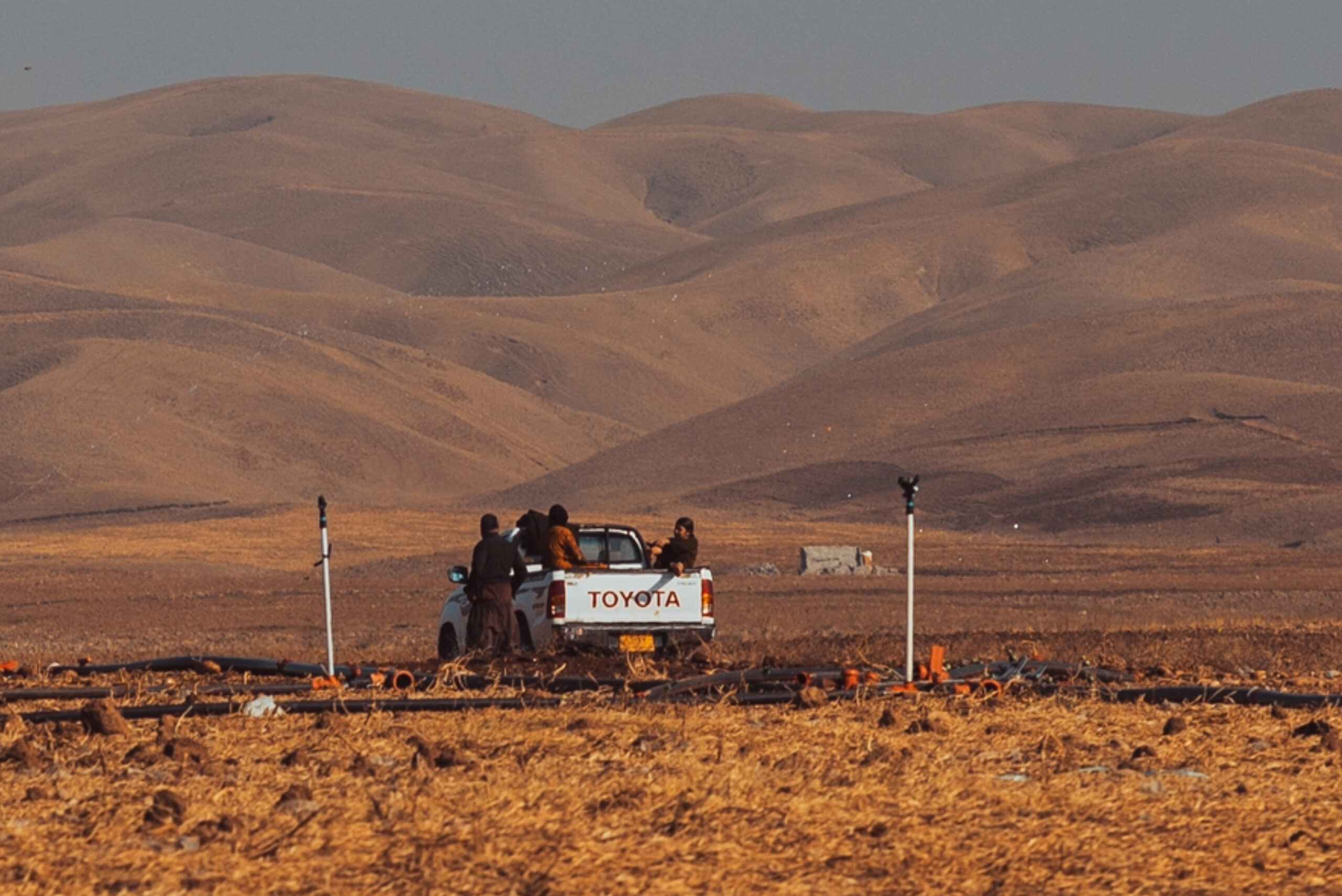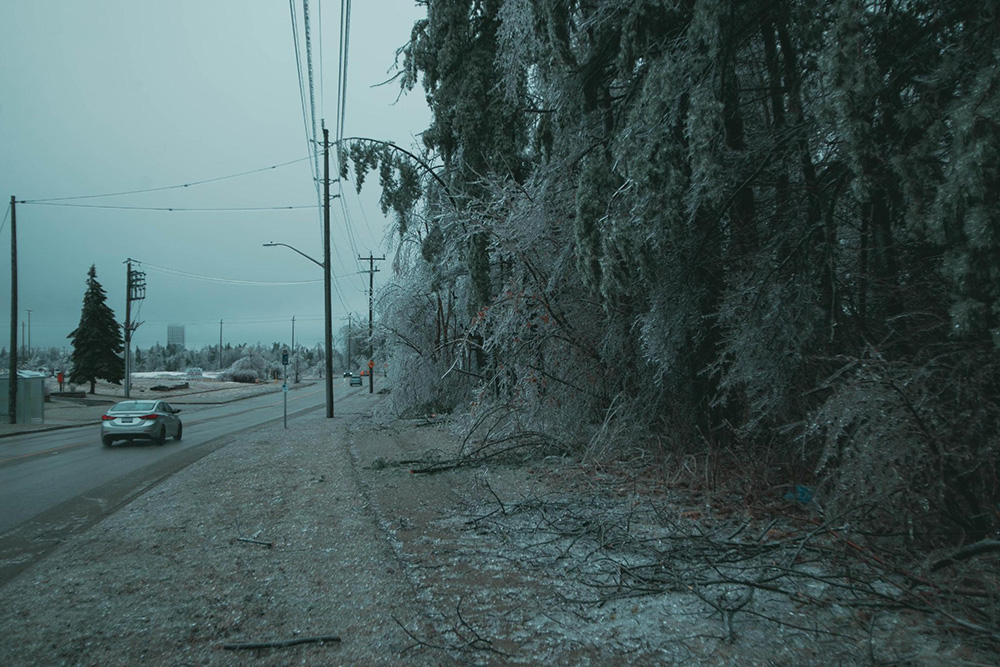“Building on the readings in 3.10, and complemented with an online search, review sources that examine the links between marine ecosystems and climate change.”
Based on the reading by Hillebrand et al. (2017), marine species have heterogeneous capacity to adapt to climate change, and this is modulated by a complex interplay of species-specific physiological traits, trophic roles, and also environmental drivers. Hillebrand et al. (2017) discusses species phenotypic plasticity as an important mechanism allowing organisms to adapt to rapidly changing environmental conditions (Hillebrand et al. 2017, p. 8). The ocean’s increasing ambient temperature induced by anthropogenic climate warming will have a greater risk to stenothermal organisms, which lack the capacity to adapt due to less plasticity (Hillebrand et al. 2017, p. 8). These creatures have a narrower capacity due to habitat-specific adaptations that have evolved to respond to ecosystems that are generally more stable (Hillebrand et al. 2017, pp. 8-9). Comparatively, eurythermal organisms have greater flexibility, a result of living in ecosystems that experience greater natural variation (i.e. near shorelines, where temperature variance is greater). In addition, species with longer life cycles are also likely to struggle to adapt, and as Hillebrand et al. (2017) iterate over, marine organisms may develop and encode environmental cues from early life; however, those with longer life cycles will experience greater variation in environmental changes between generations, negatively affecting the adaptation.
Complimenting Hillebrand et al., this argument is also stated within Chapter 3 of the IPCC AR6, where sections 3.3.2 and 3.3.3 iterate over single and multiple driver actions. This section underscores, with high confidence, that increasing water temperatures affect sea organisms’ biochemical/metabolic function level has a significant negative impact – for example, heat tolerances and enzymatic activation may be subdued or reduced due to increasing temperature values inhibiting metabolic processes (Cooley et al. 2022, p. 400). Importantly, this section of the report frames climate-induced drivers as both singularly important, but also interlinks the synergistic effects of multiple drivers acting upon one another (Cooley et al. 2022, p. 401), underscoring the cascading effects of climate warming on marine organisms.
One of the most consequential stessors aquatic species face is deoxygenation, with more than two per cent drop in ocean oxygen levels since the 1960s due to anthropogenic climate change and environmental pollution (Schmidtko et al. 2017). Importantly, deoxygenation is historically associated with mass extinction events (Penn et al. 2018), and present Anthropocene loss of oxygen has already contributed to marine species extirpation (Deutsch et al. 2023). Approximately ninety per cent of marine life lives within coastal regions, yet coastal eutrophication risks loss of hypoxia-sensitive aquatic organisms as oxygen supply dwindles below the threshold required to sustain metabolic function (Deutsch et al. 2023). At the same time, warming waters also reduce aquatic oxygen levels, resulting in aquatic ecosystems becoming increasingly stressed, with warming waters, oxygen loss, and nutrient pollution individually and concurrently reshaping marine species ranges and shifts in habitable spaces (Deutsch et al. 2023).
Reference list
Cooley, S., Schoeman, D., Bopp, P., Boyd, P., Donner, S., Ghebrehiwet, D.Y., Ito, S.-I. ., Kiessling, W., Martinetto, P., Ojea, E., Racault, M.-F. ., Rost, B. and Skern-Mauritzen, M. (2022). Oceans and Coastal Ecosystems and Their Services. Climate Change 2022: Impacts, Adaptation and Vulnerability. [online] doi:https://doi.org/10.1017/9781009325844.005.
Deutsch, C., Penn, J.L. and Lucey, N. (2023). Climate, Oxygen, and the Future of Marine Biodiversity. Annual Review of Marine Science, 16(1). doi:https://doi.org/10.1146/annurev-marine-040323-095231.
Hillebrand, H., Brey, T., Gutt, J., Hagen, W., Metfies, K., Meyer, B. and Lewandowska, A. (2017). Climate Change: Warming Impacts on Marine Biodiversity. Handbook on Marine Environment Protection, pp.353–373. doi:https://doi.org/10.1007/978-3-319-60156-4_18.
Mapbox (2014) Algae Bloom off the Coast of Estonia on July 16th, 2002, photo, uploaded to Flickr 23 Jan. Available at: https://www.flickr.com/photos/mapbox/12108111176
Meerhoff, M., Audet, J., Davidson, T.A., Luc De Meester, Hilt, S., Kosten, S., Liu, Z., Mazzeo, N., Paerl, H.W., Scheffer, M. and Jeppesen, E. (2022). Feedback between climate change and eutrophication: revisiting the allied attack concept and how to strike back. Inland Waters, 12(2), pp.187–204. doi:https://doi.org/10.1080/20442041.2022.2029317.
Penn, J.L., Deutsch, C., Payne, J.L. and Sperling, E.A. (2018). Temperature-dependent hypoxia explains biogeography and severity of end-Permian marine mass extinction. Science, [online] 362(6419), p.eaat1327. doi:https://doi.org/10.1126/science.aat1327.
Schmidtko, S., Stramma, L. and Visbeck, M. (2017). Decline in global oceanic oxygen content during the past five decades. Nature, 542(7641), pp.335–339.




